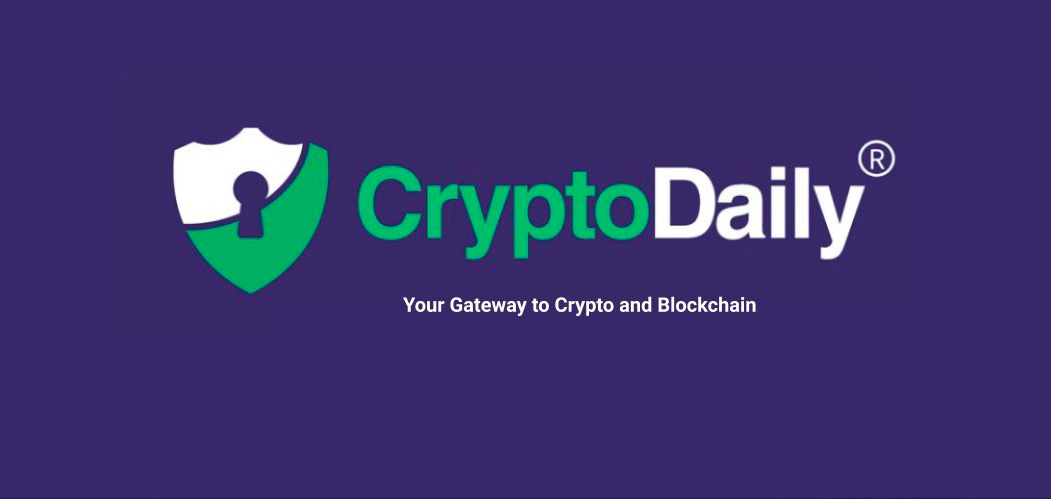Published
5 years ago on
November 11, 2018
ICO Klondike Is Over. Crypto Exchanges Must Be SLIM

It’s clear that the golden times for ICOs raising millions are but a figment of the past.Although there is a trending discussion whether STO will be the a phenomenon or not, the truth is that investors remain cautious.There are now more than 200 crypto exchanges on the playground according to Coinmarketcap data.With the abundance of crypto exchanges out there, this begs to question, what will make them successful?There are in fact problems all round in the crypto markets these days. Looking at the main players, and even newcomers - investor’s sentiment is leading towards a new term called SLIM, which stands for security, liquidity, innovativeness, and money to start.Here’s a fresh look at what investors are looking for in this new SLIM model, and what crypto exchanges and ICOs could learn from it.SecurityThe main problem that centralized cryptocurrency exchanges are facing is security. According to the Cryptoexchange Problems Survey, 40% of the participants said that security was the biggest concern they see in the exchange.At the same time research from ICOrating.com has revealed that only 46% of exchanges meet all four key security parameters. This means that most crypto exchanges are vulnerable to attacks and as a result, users could potentially lose their funds.That’s why it may come as no surprise that cyber attacks on crypto exchanges and platform layers resulted in approximately $927M stolen funds in the first three quarters of 2018. Some believe that the true amount is in fact, a lot more.Whilst, many crypto exchanges publicly stated that they have placed a huge emphasis on security for crypto investors — this has proven to provide little comfort to traders who are still in fear of security flaws. Exchanges have to invest much more effort into this issue.As standard managed crypto assets must be stored in cold wallets. Exchanges may also cooperate with insurance providers. As Daniel Chiang from Cryptosummer claims, it could guarantee a high standard of protection, because providers would have their own set of standards that must be followed by the exchanges they cover. As they potentially have a lot to lose in the event of a cyber attack, it follows that insurance companies would be rigorous in their security requirements.Digital exchanges may further protect themselves by enforcing requirements for their customers. This may include mandatory education, such as a series of videos and free security tools to their customers.LiquidityLiquidity plays a crucial role in every stock market. That’s why you have to have consistent liquidity strategy already from the start of the project.Many crypto exchanges are facing liquidity issues, resulting in clients not being able to buy and sell their assets freely — which may result in a loss. Low liquidity leads to price slippage, which means that orders are not placed on time. Then, as a result, traders could move to platforms that are more liquid.Every exchange that wants to succeed need to have blockchain developers and experts with deep financial and mathematical experience using models with the aim to maximize crossed volumes (i.e., minimize auction imbalances) instead of profits.To solve liquidity issues, crypto exchanges need to align themselves with institutional investors — since, they are major liquidity providers that can attract other major market makers, volume investors and ensure ample liquidity on the platform.In addition, crypto exchanges need to address insufficient liquidity levels by conducting quantifiable risk assessments and then implement risk-scenarios, which can be used to minimize low levels of liquidity.In the case that the supply of coins is not sufficient enough to cover for the demand (or vice versa) — market makers recognize the arbitrage opportunity and start to purchase coins on other exchanges and transfer them to the “domestic” platform. The price will never significantly deviate from the price on other exchanges.Therefore, it is paramount that crypto exchanges take liquidity seriously.InnovativenessEven though every entrepreneur and startup is usually convinced that their project will succeed, it is either already on the market or at least someone is working hard on it.To make things even more complicated, the blockchain ecosystem is evolving at the speed of light. This means that what is hot and trendy today, might not be the same tomorrow.Innovation in regards to blockchain technology is all about creating new technology that does something better — it solves an inherent problem in a much better way.So, take a look at the best of list, if already some of these guys have not worked out your idea with sufficient extent.Money to startWhen the golden days of ICOs began, they were able to raise millions for their tokens. It wasn’t until after that they’d start to work on the project. Also, these ICO Klondike practices caused that nowadays we are facing the massive threat of regulation and the practical liquidation of the market in various countries.Today, taking the market sentiment into account, it would be extremely hard for an ICO or crypto exchange to obtain financing for a whitepaper-only project.That’s because investors want to see a working minimum viable product (MVP), and not only this, but other things like traction, proof-of-concept (POC), market need, and that there’s enough capital to see the project through.It can sound hard, but as it says, every hurdle is here to be overcome.So, keep crypting!Tomas Kurtansky, Business Developer at Virtuse Exchange@KurtanskyTomas
Investment Disclaimer






